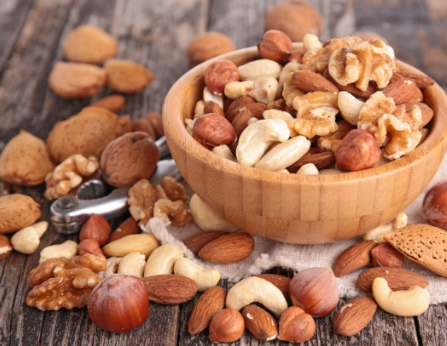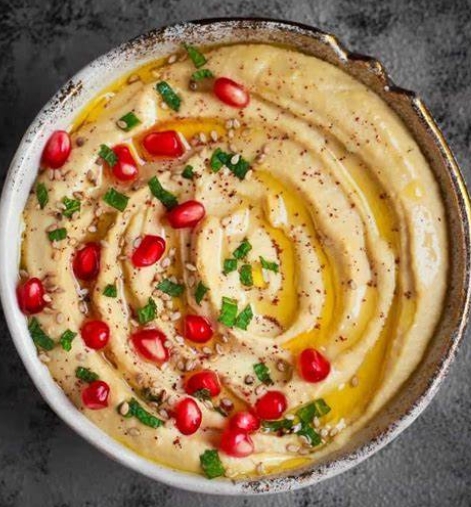The croissant, with its golden, flaky layers and buttery taste, is a symbol of French culinary artistry and is loved by people around the world. Whether enjoyed as part of a leisurely breakfast in a Parisian café or paired with a cup of coffee in a cozy bistro, the croissant has become an essential part of French food culture. But despite its deep ties to France, the croissant’s origins are surprisingly linked to another European country—Austria.
The history of the croissant dates back to the 17th century. It is believed to have been inspired by the Austrian kipferl, a crescent-shaped pastry made with dough and butter. According to one popular story, the kipferl was created to celebrate the defeat of the Ottoman Empire in the Battle of Vienna in 1683. The shape of the pastry was said to symbolize the crescent moon on the Ottoman flag. The kipferl made its way to France when Marie Antoinette, the Austrian princess who became Queen of France, introduced the pastry to the French court. However, it wasn’t until the 19th century that the croissant, as we know it today, truly took form in Parisian bakeries.
A classic French croissant is made from a dough that combines flour, butter, yeast, sugar, salt, and milk. The dough undergoes a process called lamination, where it is folded and rolled several times to create multiple layers of butter and dough. When baked, these layers puff up, resulting in a light, airy, and crispy texture that is both flaky and delicate. The signature golden-brown color and the buttery aroma are indicators of a well-made croissant.
The key to a perfect croissant lies in the butter. In France, high-quality, European-style butter is often used, which has a higher fat content than standard butter. This butter contributes to the richness and flakiness of the pastry. The dough is folded around the butter, and the process is repeated several times to create thin layers of butter between the dough, which gives the croissant its signature texture.
While the traditional butter croissant is the most famous variety, there are many other delicious versions. The pain au chocolat, a croissant filled with rich dark chocolate, is a popular choice for those with a sweet tooth. There is also the almond croissant, which is filled with almond cream and topped with sliced almonds for an extra crunch. In addition, croissants can be savory, with fillings such as ham and cheese, or even more innovative options like spinach and feta.
In France, croissants are often enjoyed as part of a traditional breakfast, typically served with a hot beverage such as coffee, tea, or hot chocolate. The crispy, buttery texture of the croissant pairs perfectly with the smoothness of coffee, making for a simple yet satisfying morning ritual. In addition to breakfast, croissants are also a popular snack or light meal during the day, often served at lunch or during an afternoon tea.
Croissants are also a staple in French bakeries, known as boulangeries, where they are freshly baked every morning. In these bakeries, croissants are made by skilled bakers who follow time-honored techniques passed down through generations. The craftsmanship involved in making croissants is a point of pride for French bakers, and it is one of the reasons why French pastries are considered some of the finest in the world.
In addition to their cultural significance in France, croissants have gained international popularity and can now be found in bakeries around the globe. However, despite their widespread presence, few croissants can replicate the lightness and flakiness of those found in France, where the artistry of pastry making is at its peak. The croissant has become a global symbol of French culinary expertise, often enjoyed in cafes and bakeries in cities across the world.
The croissant is more than just a pastry—it’s a piece of French history and culture. Its flaky layers, rich buttery flavor, and versatile fillings embody the artistry of French baking and the country’s deep love for food. Whether you are indulging in a classic butter croissant in Paris or enjoying one with your morning coffee in a faraway land, the croissant serves as a reminder of the timeless appeal of French pastry.





